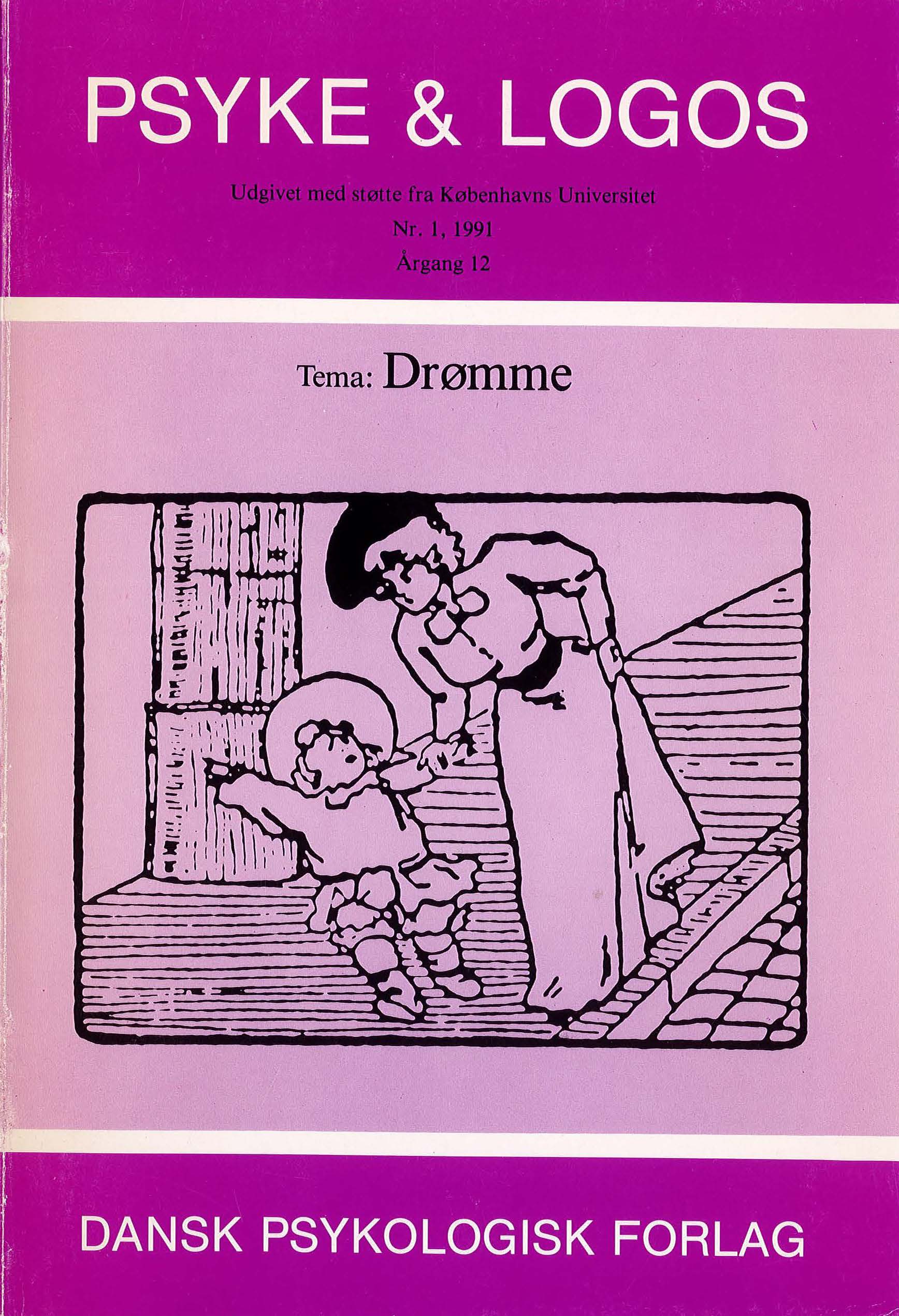Om drømme, almenpsykologi og psykoterapi
DOI:
https://doi.org/10.7146/pl.v12i1.134610Abstract
It is asserted from the outset that we do not know why we dream or why we dream as we do. This ignorance is based on vast amounts of empirical material brought forward since the discovery in 1953 of the connection between REM-sleep and the dreams we remember. The uncertainty is derived both from the biological research on REM-sleep and the more psychological studies of dream content. Hobson & McCarley's model of the biomechanics of REM-sleep and Engelsteds theory of the fylogenetic development of REM-sleep is commented upon. Evans & Newman's and Crick & Mitchison's computer based theories of the function dreamsleep is summarised and discussed. The research efforts of Foulkes is presented and some of his main points in understanding dreams as cognition is highlighted. The article concludes with some remarks on the use of dreams
in psychotherapy. A distinction is made between analysis of the dream material in the sessions and the experiential use of it. The difficulty with connecting experiences from work with dreams in psychotherapy and the conceptualisations of general psychology
is pointed out. The difficulty is understood as a necessary consequence of the faet that psychotherapy essentially is a practical skil!. A tale of a therapeutic session working with a dream is told, as an illustration of the experiential use of dreams in therapy. Two requests, based on experiences from therapy, is presented to the cognitive psychologists. The first request is for more clarified notions of how metaphors function in the human cognition. The second request is for a model of memory that recognises the
basic organising function of affects and feelings.
Downloads
Published
How to Cite
Issue
Section
License
Ophavsret er tidsskriftets og forfatternes. Det er gældende praksis, at artikler publiceret i Psyke & Logos, som efterfølgende oversættes til andet sprog, af forfatteren frit kan publiceres i internationale tidsskrifter, dog således at det ved reference fremgår, at den oversatte artikel har et forlæg i en dansksproget version i Psyke & Logos. Artikler kan frit deles og linkes til på forsknings- og undervisningsnetværk (så som Blackboard). Link foretrækkes, fordi det giver oplysning om brug af tidsskriftets artikler.




